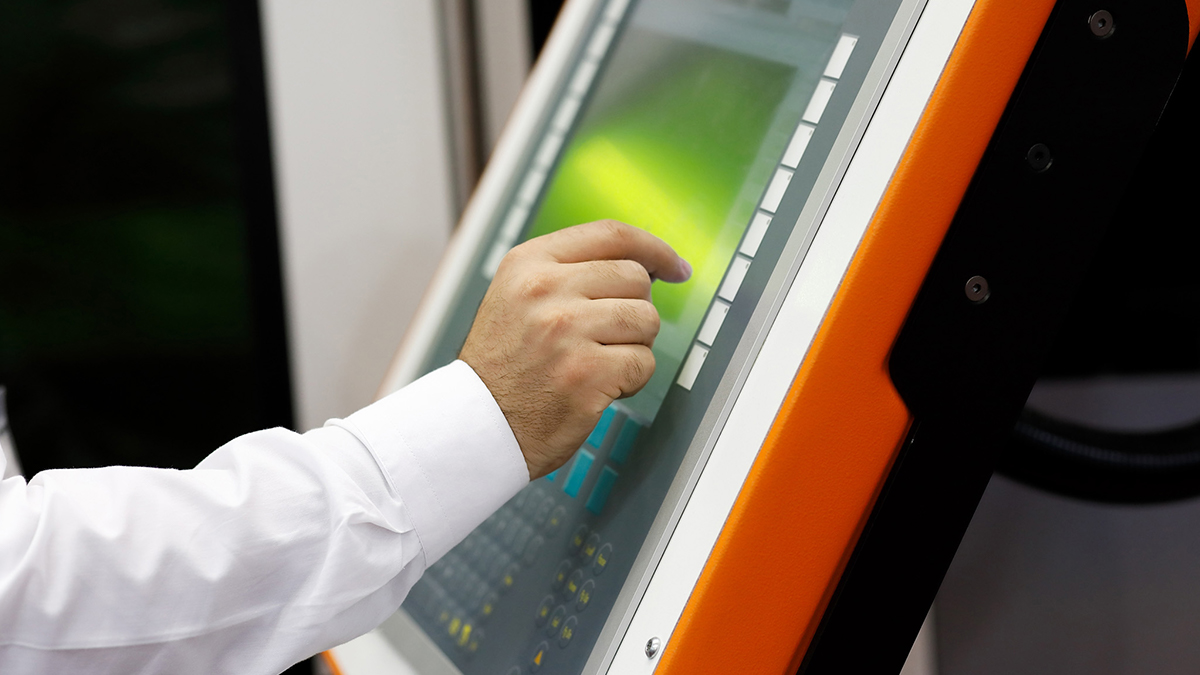
As of 2018, the interactive self-service or “self-pay” kiosk market was valued at nearly $24 billion worldwide. That number is expected to more than double over the next seven years. Today, an estimated 84% of U.S. consumers have used these kiosks, and an additional 7% say they are open to using them.1
Banks, financial institutions and large grocery chains were among the earliest adopters of this technology. Now, entities ranging from McDonald’s and Panera to the U.S. Post Office are entering the field. The driving forces behind this rapidly growing technology are clear:
- Lower costs & day one ROI. Self-service kiosks enable transaction-intensive businesses to lower staffing and overhead costs while maintaining smooth operations.
- Enhanced experiences. In addition to lowering wait times and expediting customized orders, self-service kiosks are preferred over cashiers by many consumers. And, they free employees from registers, so they can focus on customer service.
- Increased revenue. Up to 65% of restaurant customers say they would visit more often if self-service kiosks were available.2 Other studies even suggest that customers spend up to 30% more when using one of these kiosks.3
- Robust analytics. Real-time behavior and purchasing pattern data can be used to improve efficiencies and boost sales via suggest-selling, up-selling, couponing and loyalty programs.
- Improved security. Money is safely stored, and cash handling and reconciliation are automated, eliminating shortages due to theft or error.
- Turnkey systems. Customized purpose-built solutions, NOT fragmented boxes and services.
Are Self-Service Kiosks Right for Your Business?
While kiosks have many advantages, they’re not necessarily a one-size-fits-all proposition. Here are a few factors to consider:
- Upfront costs. Depending on the level of sophistication and interactivity, initial costs and installation can range widely.
- Ongoing support and maintenance. Kiosks are complex systems that require hardware, middleware and point-of-sale systems to continually work together. If not maintained, delays, downtime and customer dissatisfaction may follow.
- Level of technical proficiency. Smaller businesses may feel overwhelmed by the prospect of introducing, integrating, or upgrading a system. Long-term, a host of security, compliance and maintenance issues must be addressed.
So, How Do You Decide?
Self-service technologies may not necessarily replace personal service, but rather be used to complement it and offer customers options. The first step in determining the right technology approach is to identify a third-party supplier who can alleviate any technical concerns and help you perform a cost-benefit analysis of the potential bottom-line value to your business.
Why Burroughs?
As a leader in payment and transaction technologies, Burroughs keeps up to date on the latest advances in the self-service space, including regulatory requirements and technology hurdles. Our OEM-agnostic approach and comprehensive experience across hardware, software and middleware technologies enable us to be consultative and give us the flexibility to recommend the solutions that best meet your needs.
Whether you’re upgrading existing systems or considering new ones, we can help. For more information on self-service solutions and other cash management solutions, contact us today.
Sources
3 https://www.pymnts.com/unattended-retail/2018/kiosk-retail-report-vending-machines-usa-technologies/


